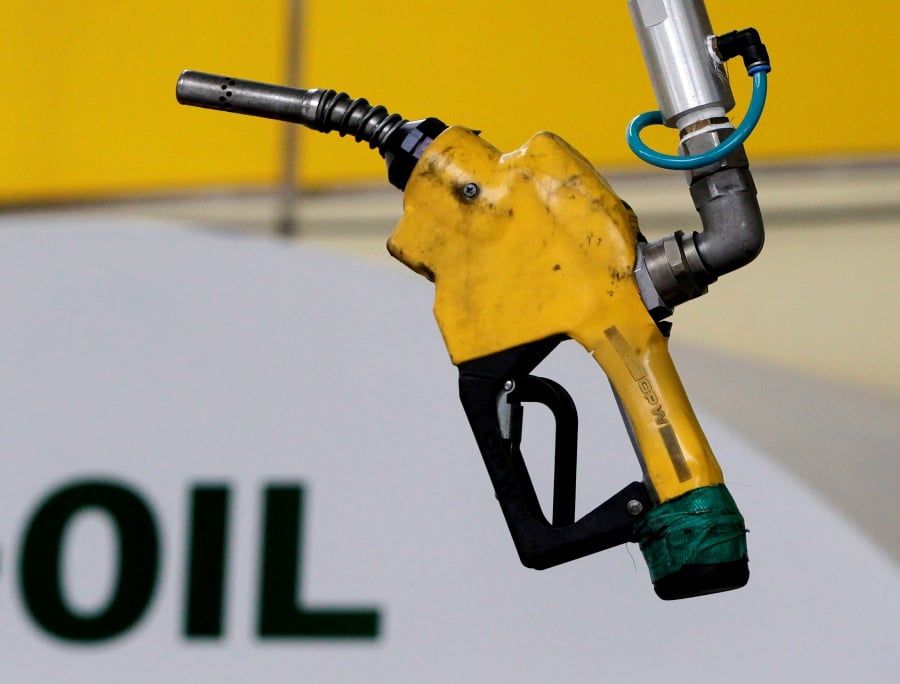
KUALA LUMPUR: Oil and gas services equipment (OGSE) companies in Malaysia are expected to perform better in the second quarter of the financial year 2024 (2QFY24), driven by strong oil and gas prices.
MIDF Research noted that based on the 2QFY24 earnings results from oil and gas players in the US and Europe, it anticipates upstream OGSE companies to perform similarly to their 1QFY24 performance.
This outlook aligns with the higher Brent crude price in the second quarter of 2023, which averaged US$85.03 per barrel (pb), marking a 3.8 per cent increase quarter-on-quarter, it said in a note.
With nearly 2,300 OGSE companies in Malaysia, MIDF Research expects the subindustry to report improved performance for the first half of FY24 (1HFY24).
"We believe the upstream division would remain resilient given the higher capital expenditure (capex) (global capex up by +24 per cent year-on-year (yoy) to US$600 billion; Malaysia capex up by +23.3 per cent yoy to RM31.2 billion in current year 2024) and the Brent crude oil prices to remain relatively stable and elevated," it said.
However, MIDF Research said there are immediate downside risks, including sudden escalations in geopolitical tensions, drastic changes in OPEC+ supply cuts, and unfavourable MYR/USD exchange rates.
The firm forecasts Brent crude to average US$82pb and maintains a positive outlook on the oil and gas sector, with overall prospects for 2024 remaining encouraging.
Nonetheless, the firm said it will monitor geopolitical tensions, major OPEC+ production changes, and the Federal Reserve's monetary policy closely.
MIDF Research is highly optimistic about the upstream division, noting that its contractual work basis provides stability even if Brent crude oil prices slip up to 20–25 per cent below the current spot price.
This outlook is further supported by Petroliam Nasional Bhd's (Petronas) expected capex of RM50 billion to RM60 billion in 2024.
However, the firm noted that despite these positive factors, the short-term downside risks include uncertainty in crude oil demand, geopolitical risks, and OPEC+ production cut decisions following the drop in Brent crude oil's daily spot price below US$80 per barrel since late July 2024.